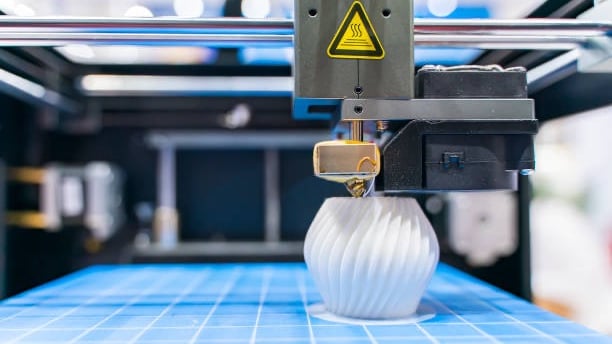Understanding 3D Printing: Revolutionizing Manufacturing
Learn the basic steps that take place in 3D printing
4/17/20242 min read


Understanding 3D Printing: Revolutionizing Manufacturing
What is 3D Printing?
3D printing, also known as additive manufacturing, is a process that creates three-dimensional objects by layering materials according to a computer-generated design. Unlike traditional manufacturing methods, which often require cutting away material to shape an object, 3D printing builds objects layer by layer from the bottom up. This innovative technology is used in various fields, including medicine, aerospace, automotive, and consumer goods, to create everything from simple tools to complex components.
How Does 3D Printing Work?
The process begins with a digital design, typically created in a Computer-Aided Design (CAD) program. This design is then converted into a digital file that slices the model into thin, horizontal layers. These layers serve as a guide for the 3D printer.
When printing begins, the printer nozzle or platform moves in precise patterns laid out by the design file, depositing material where each layer of the object is to be formed. Materials used can range from plastics and resins to metals and even living cells. The material is usually heated until malleable or liquid, then solidified to form a solid layer. This process repeats, layer by layer, until the object is fully formed and complete.
Advantages of 3D Printing
3D printing offers several significant advantages over traditional manufacturing techniques:
Customization: Objects can be customized to exact specifications without additional cost.
Complexity and Design Freedom: Allows the creation of complex designs that would be difficult or impossible to achieve with traditional methods.
Speed: Can produce prototypes and finished products much faster than traditional methods.
Waste Reduction: Only uses material necessary for the object, reducing waste compared to subtractive manufacturing processes.
Cost-Effective for Small Productions: Ideal for small production runs where traditional tooling would be prohibitively expensive.
Applications of 3D Printing
The flexibility of 3D printing has led to its application in a wide array of areas:
Medical Field: Used for creating customized prosthetics, implants, and even organs.
Aerospace and Automotive Industries: Ideal for producing lightweight, complex components that reduce overall vehicle weight and improve fuel efficiency.
Consumer Products: From custom jewelry to home decor, 3D printing allows consumers to design and manufacture personalized items.
Education and Research: Provides students and researchers a tool for prototyping new inventions and learning about manufacturing and design principles.
The Future of 3D Printing
As technology advances, the possibilities for 3D printing continue to expand. Researchers are developing new materials and methods, such as the ability to print at a molecular level, which could revolutionize fields like medicine and electronics. Additionally, as 3D printers become more accessible and affordable, they are likely to become a common tool in homes and businesses, further democratizing manufacturing and creativity.
In conclusion, 3D printing is not just a tool for industrial manufacturing; it is a transformative technology that is reshaping how we think about design, production, and the limitations of traditional manufacturing. As we continue to explore its potential, the impact of 3D printing on our world is set to grow, paving the way for innovations we have yet to imagine.


